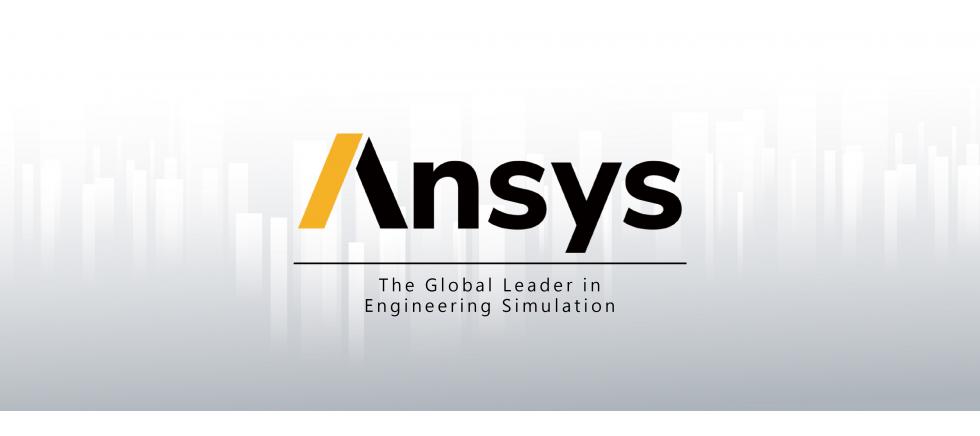MODE
Comprehensive Optical Waveguide Design Environment
Whether you are working on fiber optics or integrated photonics, MODE has everything you need to get the most out of your waveguide and coupler designs. The Bidirectional Eigenmode expansion and varFDTD engines easily handle both large planar structures and long propagation lengths, providing accurate spatial field, modal frequency, and overlap analysis.
Key Applications
- Waveguides
- Tapers
- Couplers and resonators
- Integrated optics
- Electro-optic modulators
- Fibers
- Thermal tuning and switching
- Transmission lines
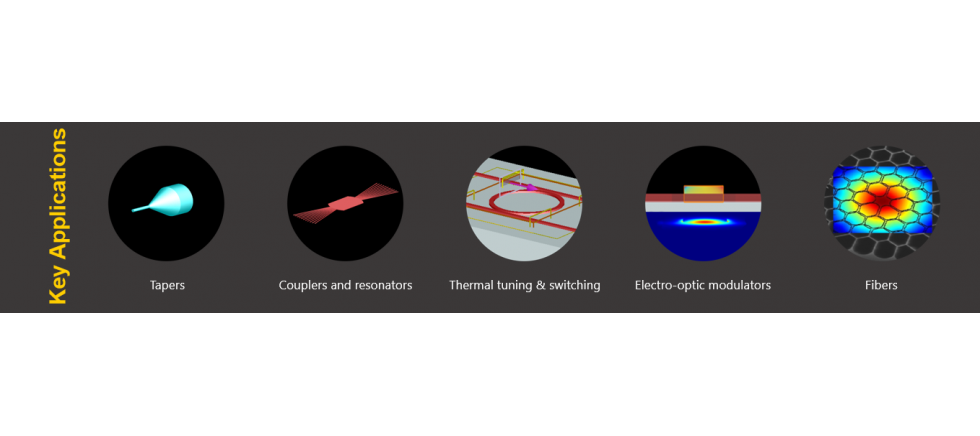
Except for below applications, you can find more examples on Application Gallery
Key Features
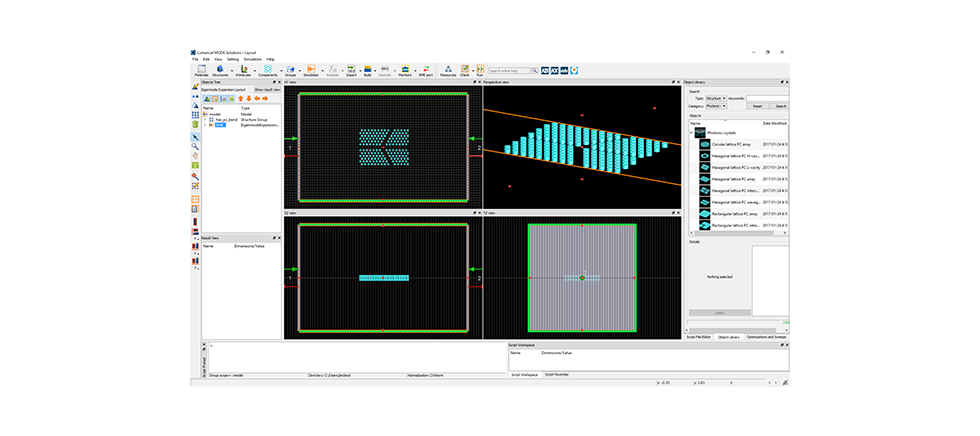
3D CAD Environment
3D CAD Environment and parameterizable simulation objects allow for rapid model iterations.
- Build 1D, 2D or 3D models
- Define custom surfaces and volumes
- Parameterizable simulation objects
- Import from STL, GDSII
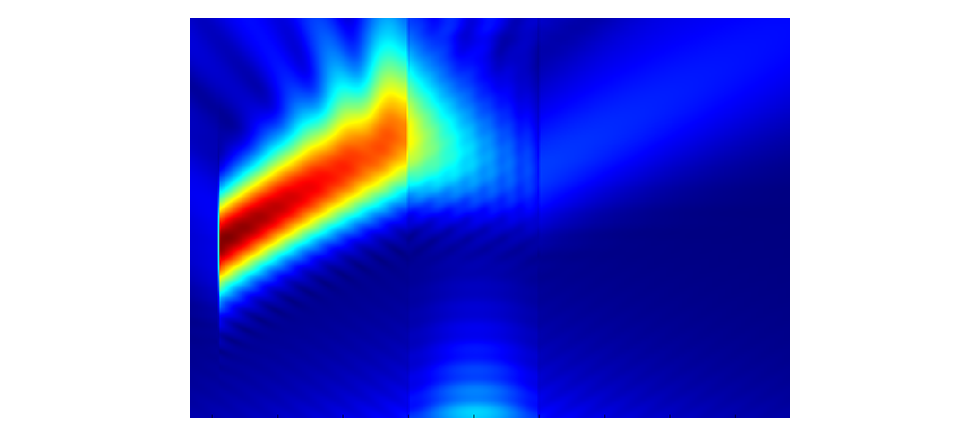
Nonlinearity and Anisotropy
Simulate devices fabricated with nonlinear materials or materials with spatially varying anisotropy.
- Choose from a wide range of nonlinear, negative index, and gain models
- Define new material models with flexible material plug-ins

Advanced Conformal Mesh
Achieve high accuracy with your simulations, even with coarse meshes, thanks to submesh geometry sensitivity
- Compatible with dispersive and high-index contrast materials

Multi-coefficient Models
Uses multi-coefficient models for accurate material modeling over broadband ranges.
- Accurately represent real materials over broad wavelength ranges
- Automatically generate models from sample data, or define the functions yourself.
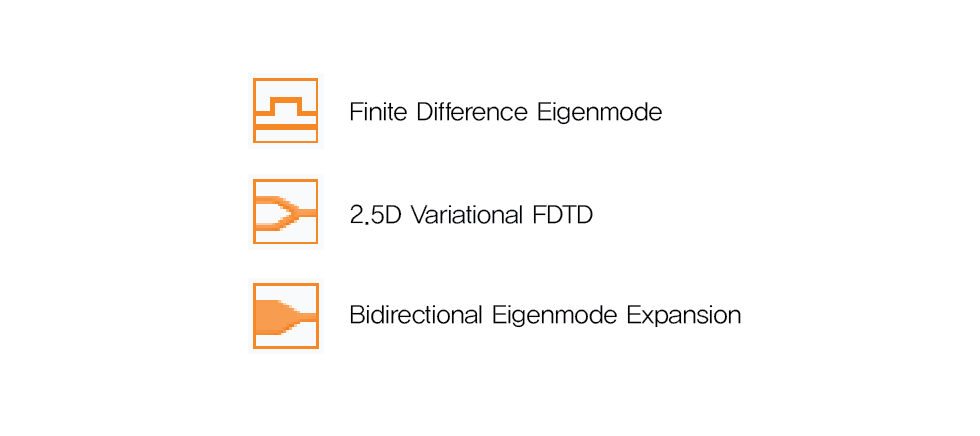
Powerful 3 Solvers
- Finite Difference Eigenmode (FDE) solver
- 2.5D variational FDTD (varFDTD) solver
- Bidirectional Eigenmode Expansion (EME) solver
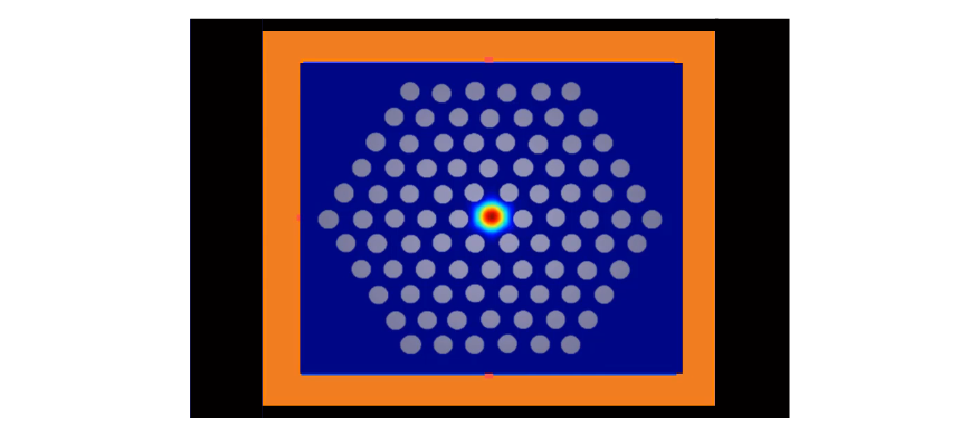
Finite Difference Eigenmode (FDE) solver
- Solves full vectorial Maxwell’s equations at a single frequency
- The solver calculates the mode field profiles, effective index, and loss.
- Integrated frequency sweep makes it easy to calculate group delay, dispersion, etc.
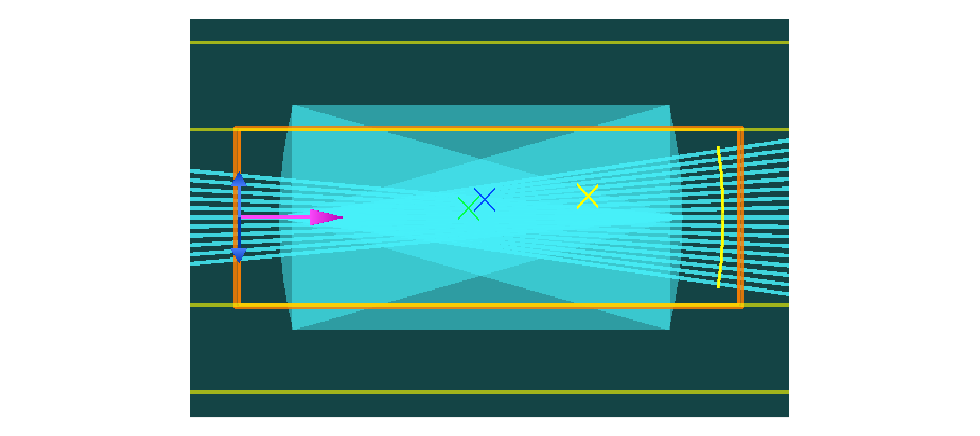
2.5D variational FDTD (varFDTD) solver
- 3D planar waveguide geometry collapsed into 2D effective materials
- Effective material calculated for each unique vertical cross section
- Ideal for quick optimization of planar waveguide geometries
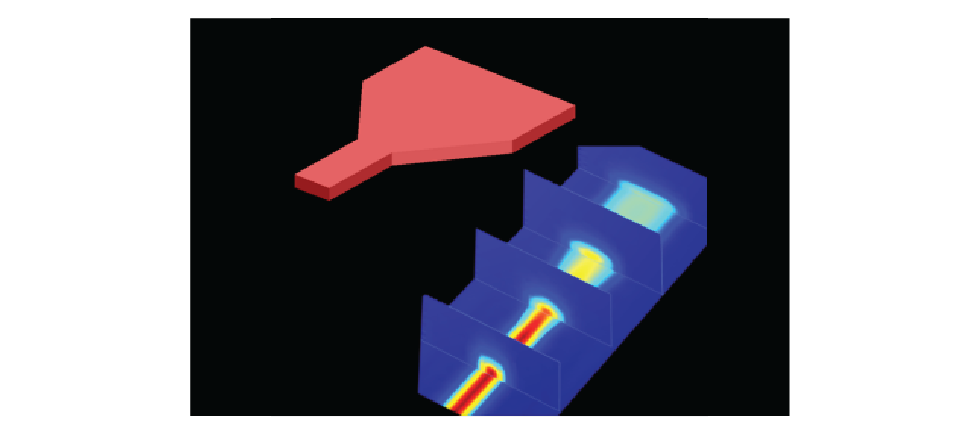
Bidirectional Eigenmode Expansion (EME) solver
- Efficient for the design and optimization of long tapers and periodic devices
- Easily scaling up the structure size without recalculating any modes.
- Unlike BPM, which relies on a slowly varying envelope approximation, the EME method makes no such approximations, and is a rigorous technique.
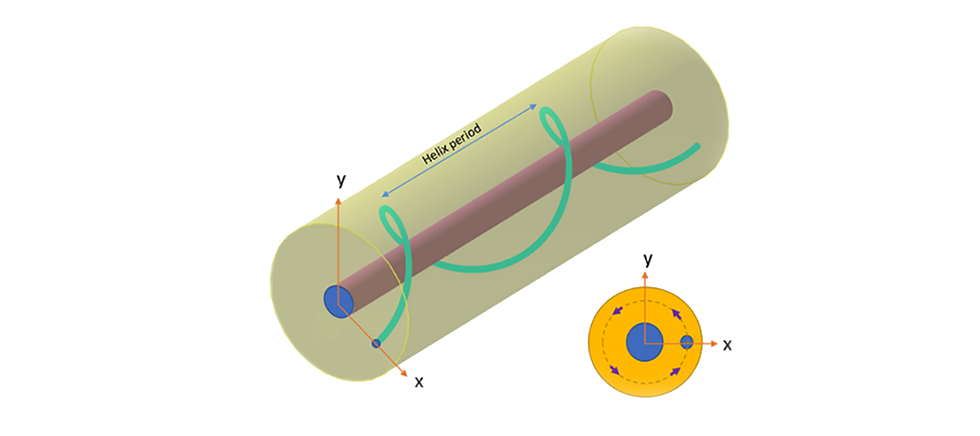
Advanced Analysis
- Bend loss analysis
- Overlap calculation / analysis
- Modal area analysis
- Helical waveguides
